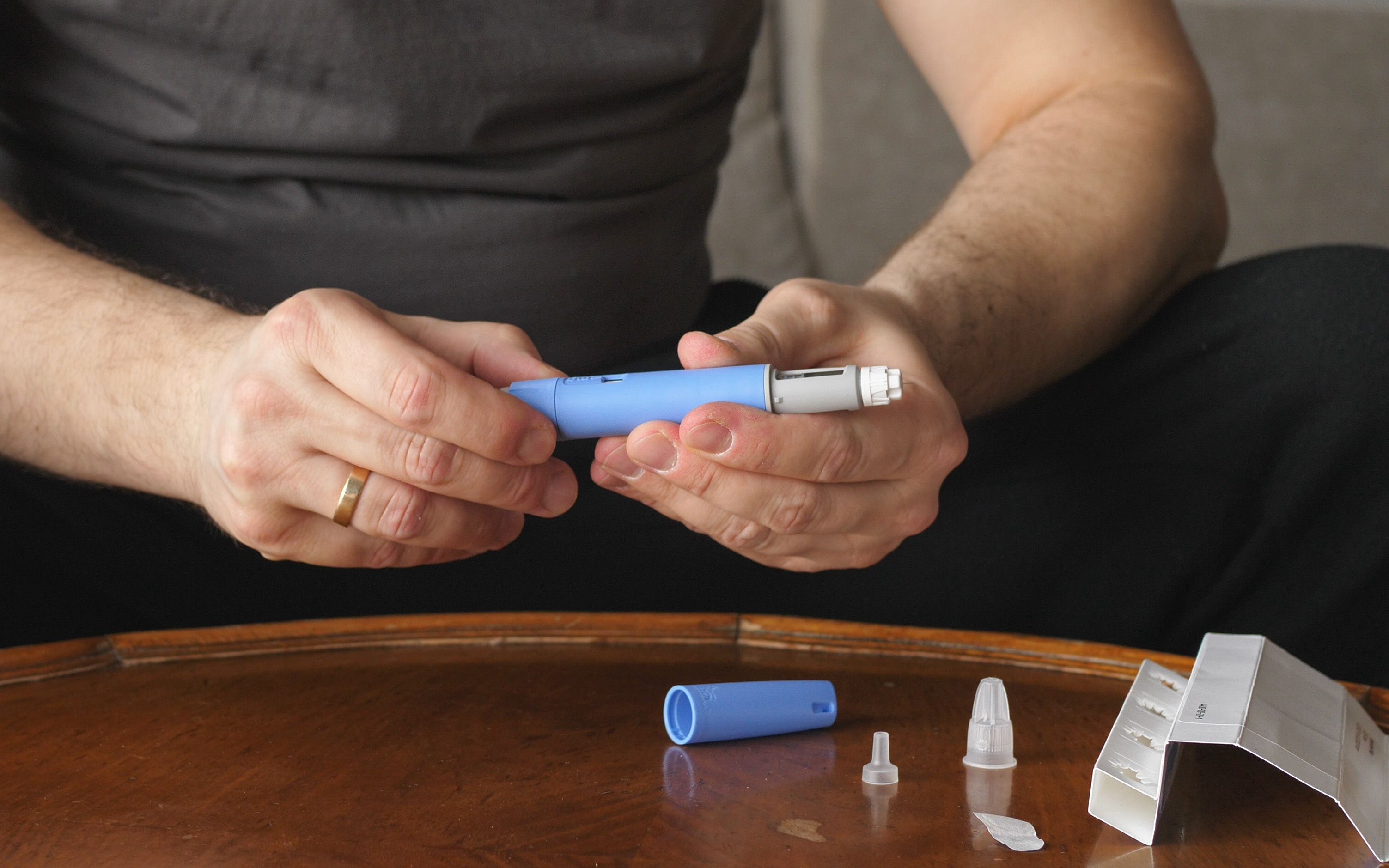- Case-Based Roundtable
- General Dermatology
- Eczema
- Chronic Hand Eczema
- Alopecia
- Aesthetics
- Vitiligo
- COVID-19
- Actinic Keratosis
- Precision Medicine and Biologics
- Rare Disease
- Wound Care
- Rosacea
- Psoriasis
- Psoriatic Arthritis
- Atopic Dermatitis
- Melasma
- NP and PA
- Skin Cancer
- Hidradenitis Suppurativa
- Drug Watch
- Pigmentary Disorders
- Acne
- Pediatric Dermatology
- Practice Management
- Prurigo Nodularis
- Buy-and-Bill
Article
First-Line Treatment for Hair Loss
Author(s):
First-line therapies for hair loss include topicals and supplements, while PRP, low-level light treatment and hair transplantation are adjuncts to first-line options for hair loss, according to Valerie D. Callender, M.D.
This is part 2 in a 4-part series
Part 1: PRP for Hair: A Comprehensive Update
Valerie D. Callender, M.D., medical director of the Callender Dermatology & Cosmetic Center, Glenn Dale, Md., says she also recommends PRP mainly for androgenetic alopecia patients. She considers PRP, low-level light treatment and hair transplantation to be adjuncts to first-line options for hair loss.
In men, those first-line therapies include topical minoxidil, finasteride or drug-free Nutrafol (Nutraceutical Wellness), which contains saw palmetto. In women, first-line treatments are topical minoxidil, spironolactone, Nutrafol or another drug-free supplement Viviscal (Church and Dwight Co.).
While Dr. Callender says PRP works to treat androgenetic alopecia, there isn’t enough data to predict response rate.
“So, I do not guarantee results,” she says.
PRP also seems to work in other types of hair loss. The treatment has shown some efficacy in alopecia areata, but Dr. Hausauer says, in her mind, it’s not a first line treatment for that hair loss type and there are new promising therapies on the horizon.
“And when you’re talking about scarring type of hair loss, it has not been as well explored or shown to have as much efficacy especially as monotherapy,” she says.
While PRP hasn’t been well vetted in the literature as a treatment for earlier phases of traction alopecia, Dr. Hausauer says she has had good success in treating those patients with PRP.
“I’ve had a couple of patients who were actually able to abandon extensions,” she says.
Treatment tends to be more complicated than PRP-only for female skin of color patients, who typically have central centrifugal cicatricial alopecia as their primary form of hair loss, according to Dr. Callender.
“They may also have other forms of hair loss, such as female pattern hair loss/androgenetic alopecia and traction alopecia,” Dr. Callender says. “Therefore, treatment is more complicated and involves a multimodal approach.”





